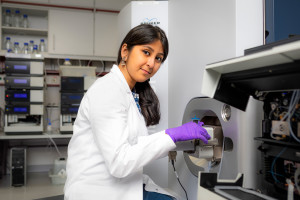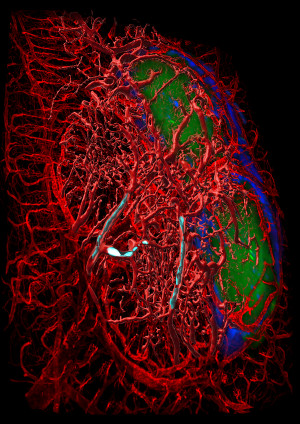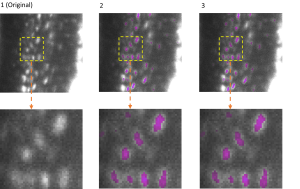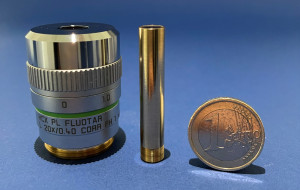Dortmund, 26th September 2025
Whether in humans, animals or environmental ecosystems – microbiomes are a link, and crucial for health and ecological balance. A microbiome is the totality of all microorganisms that colonise living beings. Their role is the focus of the new network “Metaproteome-based leveraged microbiome management in the context of One Health” (METAMIC 3), which is dedicated to training young scientists in this field. The European Union is providing 4.4 million euros in funding to the Marie Skłodowska-Curie doctoral network until 2029. Fifteen students will have the opportunity to conduct doctoral research within this European network. Thirty-one research institutions, universities and companies are participating, including twelve partner organisations that are now recruiting doctoral students.
The One Health concept regards animal and plant health, as well as environmental factors, as crucial for human health. Zoonoses, infectious diseases transmitted between humans and animals, can influence the human microbiome. Conversely, susceptibility to infection also depends on the human microbiome. Water and air pollutants, as well as the spread of antibiotic resistance among humans and animals, also have an impact. METAMIC 3 focuses on these interactions and the analysis of microbiomes using omics technologies. Omics refers to the holistic characterisation of for example genes (genomics), proteins (proteomics) or metabolites (metabolomics). A new research approach is metaproteomics.
"At METAMIC 3, we will apply metaproteomics analyses to gain initial insights into the dynamics and role of microbial molecules in the context of One Health. Based on these findings, we will develop strategies for a better microbiome management," says Prof. Dr. Robert Heyer, Head of the research group Multidimensional Omics Data Analysis at the Leibniz-Institut für Analytische Wissenschaften – ISAS – e. V. and coordinator of the network.
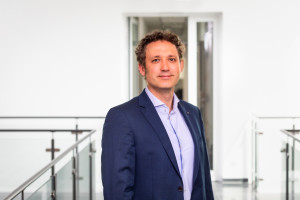
Prof. Dr Robert Heyer is Head of the research group Multidimensional Omics Data Analysis at ISAS and Coordinator of the METAMIC 3 network.
© ISAS / Hannes Woidich
Interdisciplinary doctoral programme with rotating placements in Europe
To train young scientists in this field of research, the network takes an interdisciplinary approach. As part of the three-year doctoral programme, each candidate will conduct research at several European institutions. For more information about the network, please visit https://metamic3.isas.de/. Job advertisements can be found on the websites of the partners: Leibniz-Institut für Analytische Wissenschaften (Germany), Hochschule Anhalt (Germany), Università degli Studi di Sassari (Italy), Universität Hohenheim (Germany), Commissariat à l'Énergie Atomique et aux Énergies Alternatives (France), Technische Universiteit Delft (Netherlands), Universiteit Gent (Belgium), Université du Luxembourg (Luxembourg), Helmholtz-Zentrum für Umweltforschung (Germany), Max-Planck-Institut für terrestrische Mikrobiologie (Germany), Università di Pisa (Italy), Consejo Superior de Investigaciones Científicas (Spain).

Funded by the European Union. Views and opinions expressed are however those of the author(s) only and do not necessarily reflect those of the European Union. Neither the European Union nor the granting authority can be held responsible for them.

